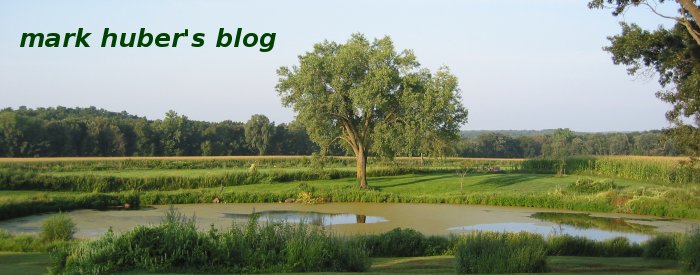This was not a conscious decision, but one born of lucky circumstance in the places that I decided to visit my first day here. Just a few miles out of Inverness is Fort George, built starting in 1744 as a response to the Jacobite uprising of a few years earlier.
This fort reminded me a lot of Fort McHenry, and the reasons why are unsurprising. Both were built in the mid 18th century and faced the same artillery. The result is similar: stone fronting thick walls of earth to absorb cannonballs. Both are also situated on the coast, although only Fort George has a view that sometimes includes dolphins. They were a no show on this winter day, unfortunately.
They have an excellent guided audio tour at the Fort, and (unlike Fort McHenry) this is still a working military installation. This makes for a fun visit. The chapel and the seaward views are great, and places such as the inner moat shown below are in great condition.

Next stop for me was the Battlefield of Culloden. This battle was the reason Fort George was built: after crushing the Jacobite uprising here the Hanoverians decided that a fort was necessary to keep the highlands in line. The Jacobites under Bonnie Prince Charlie were decisively defeated here, putting an end to the hopes of restoring the Stewart line of kings to English rule.
Their is a wonderful new visitor center here chock full of artifacts which tells the story from both the Jacobite and Hanoverian side. This is not Gettysburg where hundreds of thousands of men clashed over three days of feints and maneuvers: instead the lines where formed, the Jacobites charged, and five minutes later it was over.
After the Battlefield I drove down past one of Scotlands more famous bodies of water: Loch Ness. Nessie was a no show, but I did get to see Urquhart Castle, blown up in 1692 so that (wait for it) the Jacobites could not use it as a base of operations. After over 300 years lovely ruins remain, and a modern visitor center puts it all in perspective.


No comments:
Post a Comment